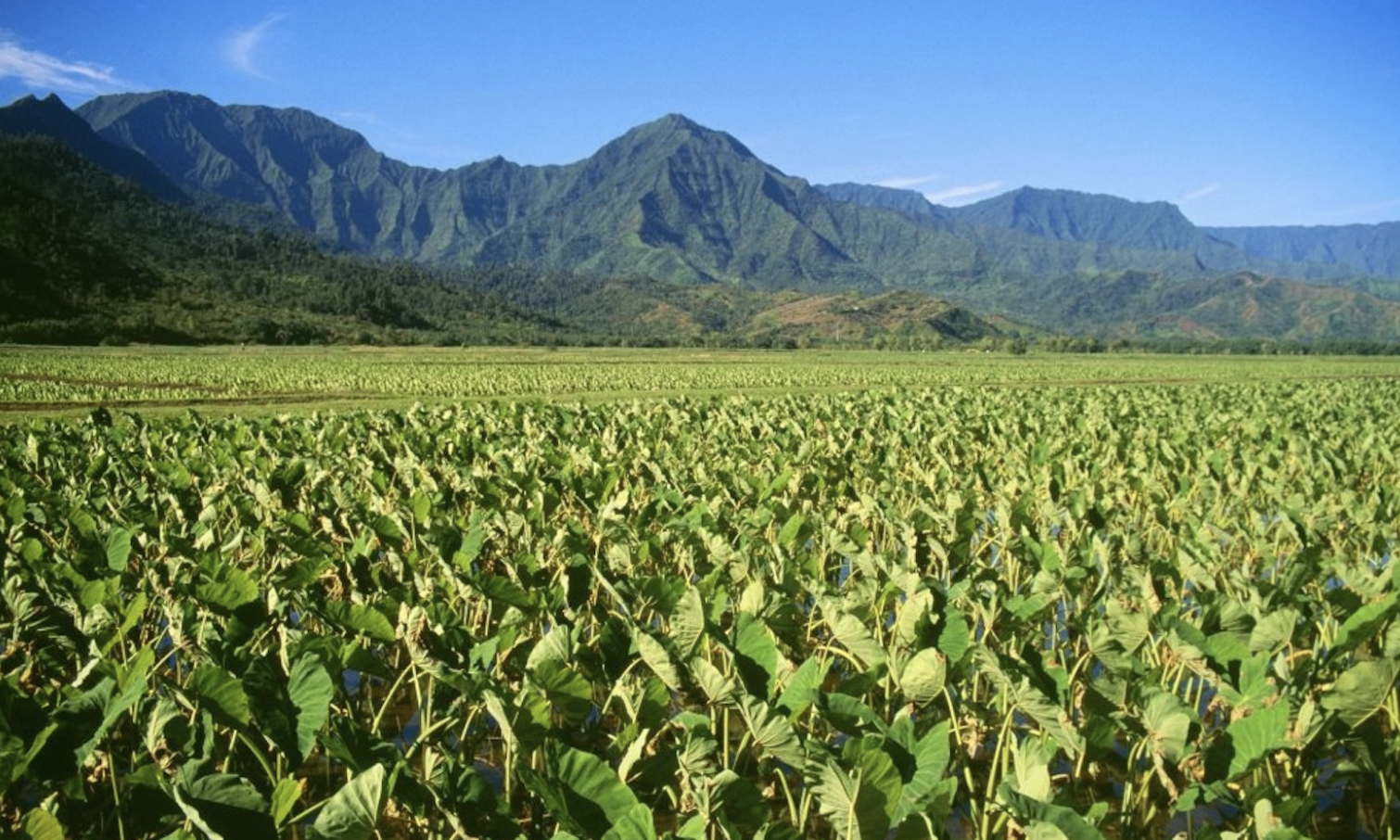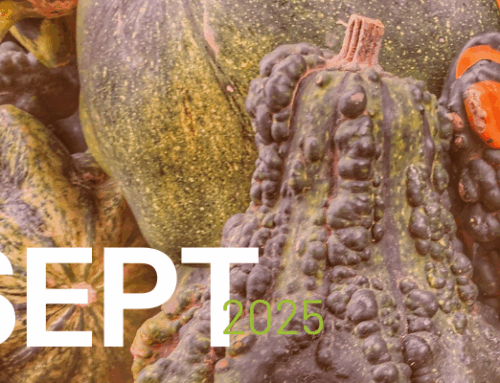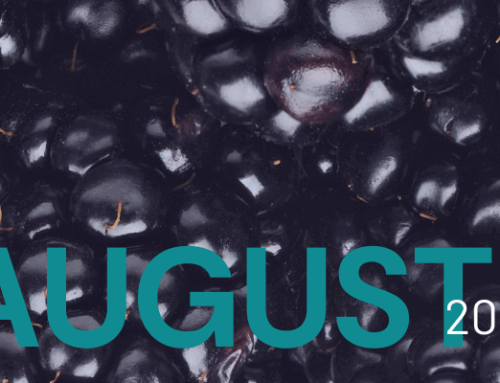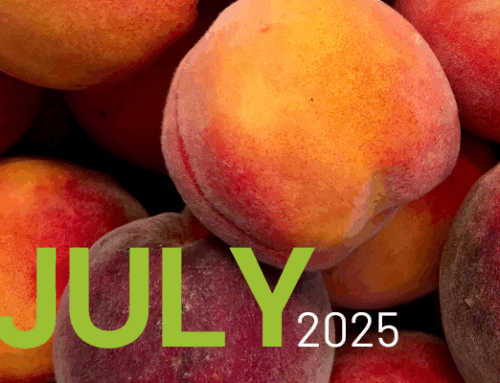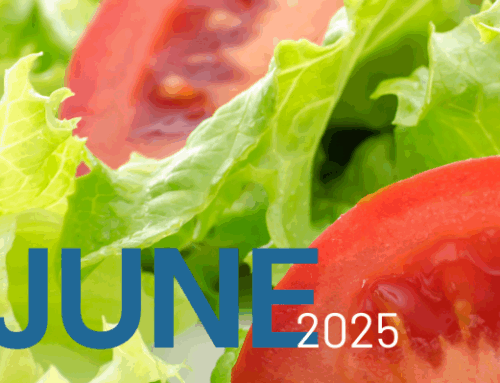Native Hawai’ian foodways are rising back up through the asphalt, says Paula Daniels, co-founder and Chief of What’s Next of the Good Food Purchasing Program. And as a registered Native Hawai’ian, Daniels is using the Good Food Purchasing Program to push public institutions to support diverse food producers with their purchases.
“Part of what our Good Food Purchasing Program is designed to do is create opportunities for small- and mid-sized farmers” with diverse farming practices, says Daniels. The Good Food Purchasing Program provides a metric-based framework for institutions to show and improve the way they use their buying power through their supply chains. The categories in the framework include values for nutrition, animal welfare, a valued workforce, environmental sustainability—and local economies.
“We emphasize equity and inclusion of small farms, minorities, disadvantaged communities, Native American communities, and more in our program,” says Daniels. “We will continue to work to make sure those supply chains became more robust all the time.”
By creating markets for small- and mid-sized farmers, Daniels believes that the food system can support a diversity of people, including Native Hawai’ian people who have seen their lives transformed by dangerous food system practices in the past. “Hawai’i was once a self-sufficient island nation. It fed a population close to one million people in a non-urbanized environment, with a very important stewardship model,” says Daniels. “Their organizing unit for their systems was called the ahupua’a, which was a unit of governance that flowed from the mountains to the oceans, along the watershed. They were caring for that particular watershed and the entire ecosystem.”
However, Daniels notes that sugar agribusiness disrupted this model, bringing intense monoculture practices to the islands. With this change, Hawai’i lost not only its government in 1893, but also much of its subsistence farming community and biodiversity. Daniels notes that with this loss, Hawai’i was forced to import nearly 95 percent of its food from the continental United States—a percentage that is decreasing with local Hawai’ian efforts to reclaim their agricultural autonomy.
Daniels will be speaking at Food Tank’s Summit, The Wisdom of Indigenous Foodways on January 22 in partnership with the Arizona State University Swette Center for Sustainable Food Systems. On stage, Daniels will talk about the way supply chains have changed indigenous foodways in Hawai’i, but also their potential to support these foodways in the future.
“Hawai’i is now looking to have 30 percent of its food production be local,” says Daniels. “But it has to undo the hardscape of monoculture agriculture and the legacy of sugar and has to rework the infrastructure towards a diverse crop system that would feed the residents of Hawai’i.”
Hawai’ians have empowered a resurgence of the affinity for biodiverse, indigenous crops. “Among them is kalo, or taro; ‘uala or sweet potato; and ‘ulu, or breadfruit. Those crops are the three brothers of Hawai’ian agriculture because they work well together,” not only in sustainable agriculture but for human health, says Daniels. “Between the three of them is a complete nutritious diet.”
Empowering Hawai’ians to grow heritage crops and livestock with higher nutritional value than imports is especially important for community health. According to Daniels, the rate of cardiometabolic disorders in the Hawai’ian population is disproportionately high. “It is directly due to the loss of the right to feed oneself… The easy access and affordable access is junk food,” says Daniels.
This loss of the right to feed oneself and the erasure of small farmers is not just a Native community problem, but a global concern as agriculture’s impact on the environment comes to light. Daniels notes that protecting the planet requires incorporating indigenous values for ecosystem diversity and ecosystem balance into modern society. “The more we think about those as being valuable for all, the more health we can provide our planet and the more health and enjoyment we can provide all people,” says Daniels.
“Creating a new economy around food is just important for the entire food system,” says Daniels. “We need to think about the equity and diversity in that supply chain and be inclusive in who is being supported in new economic policies.”
